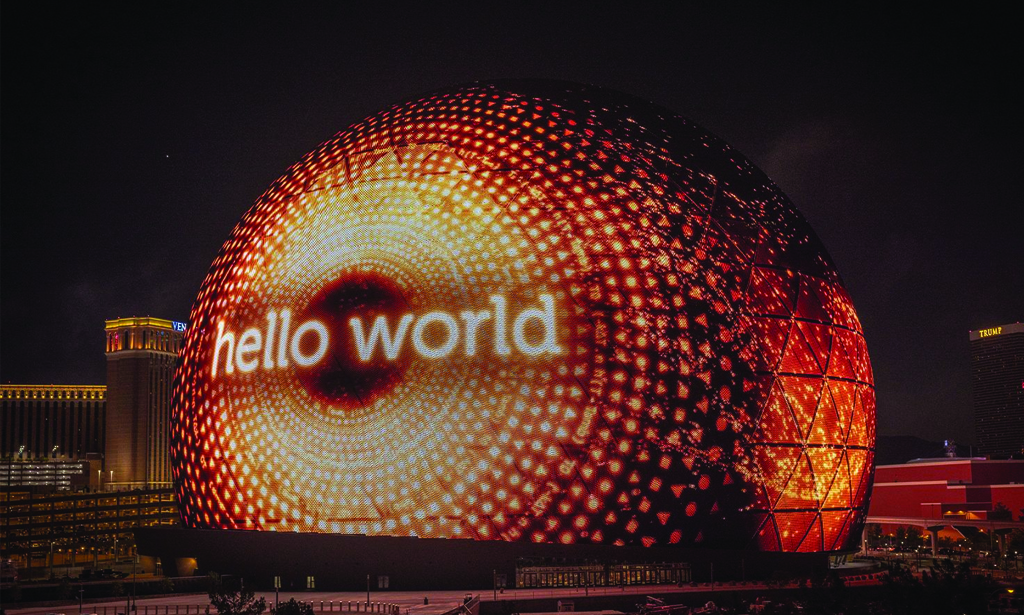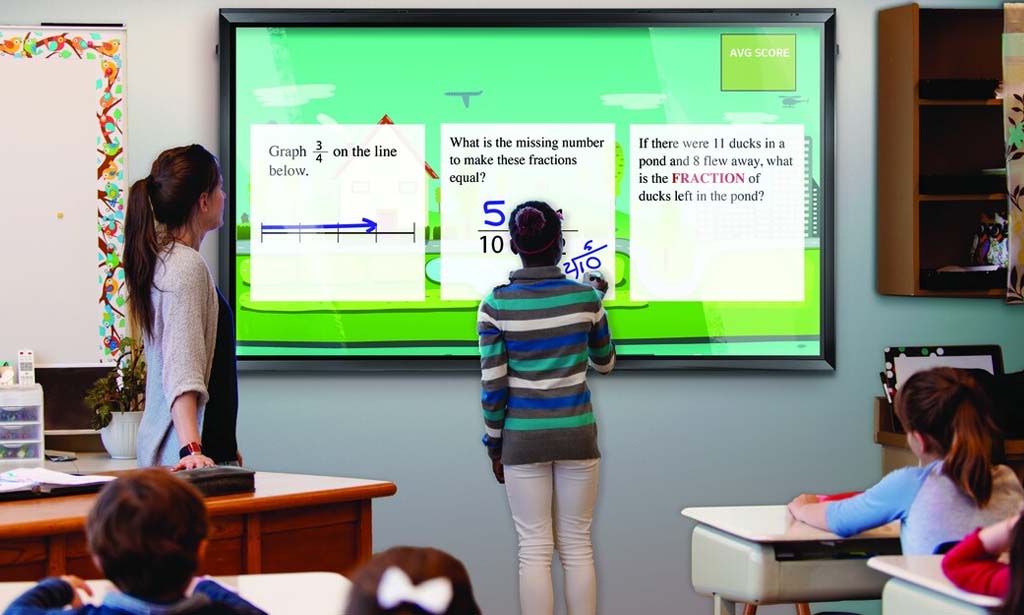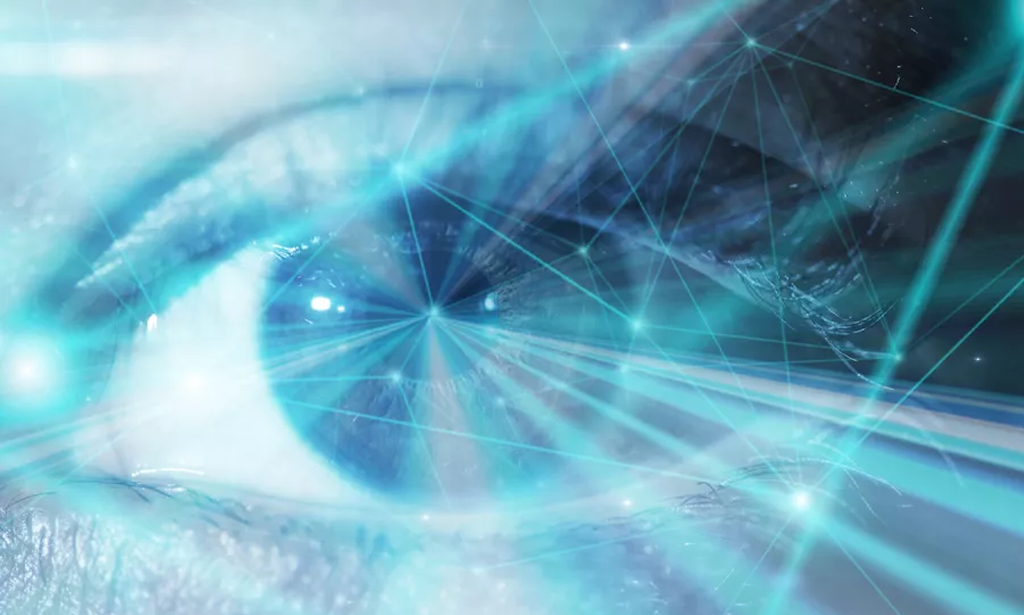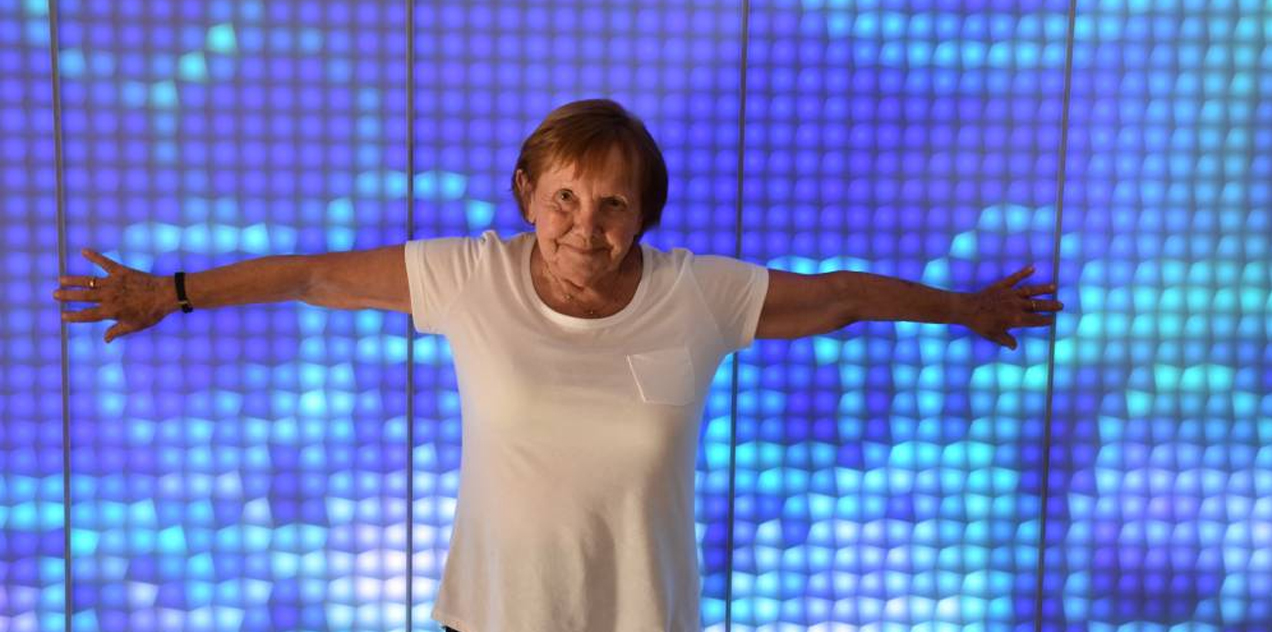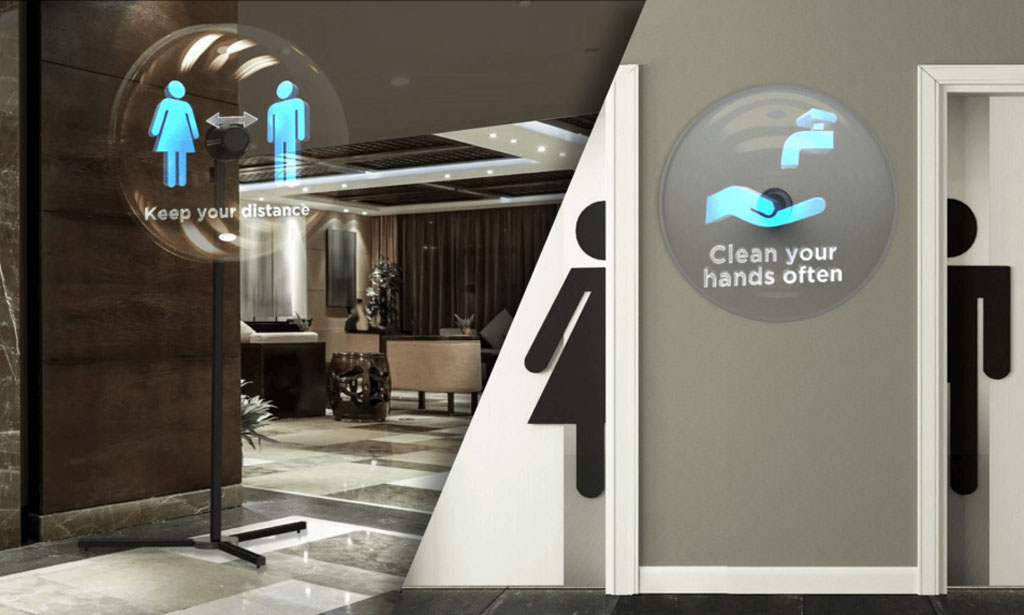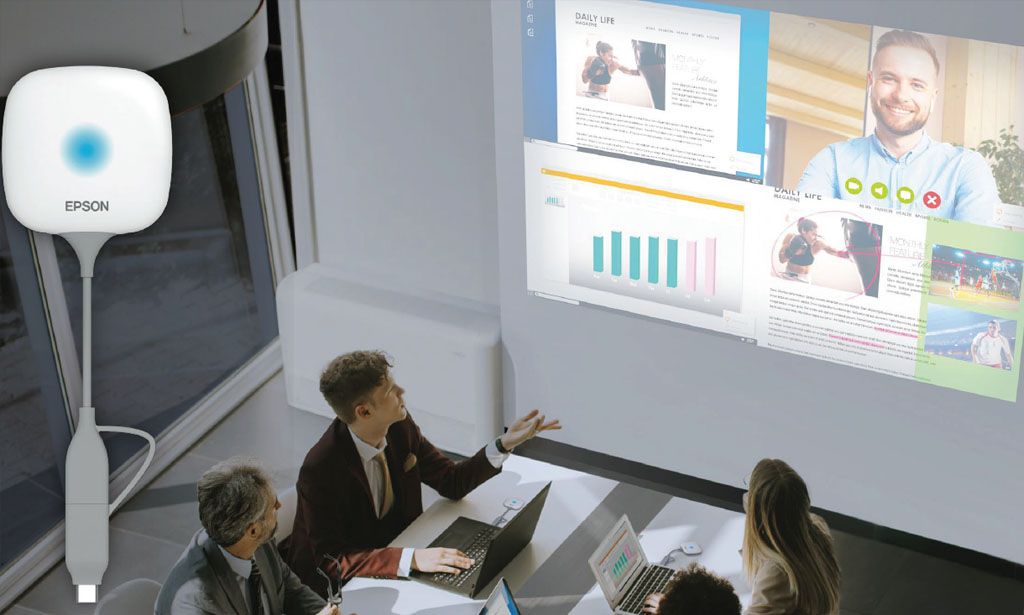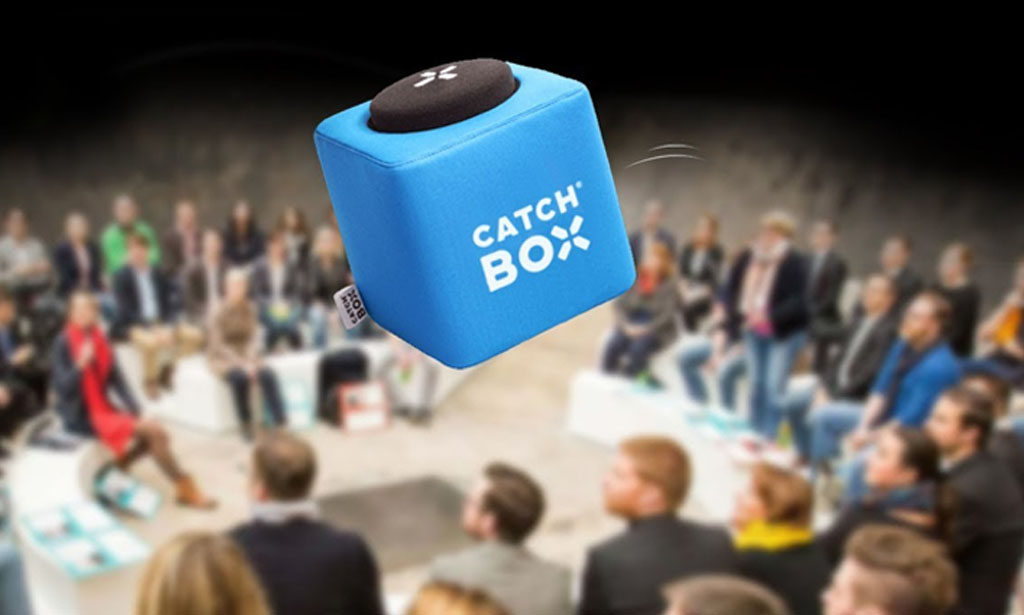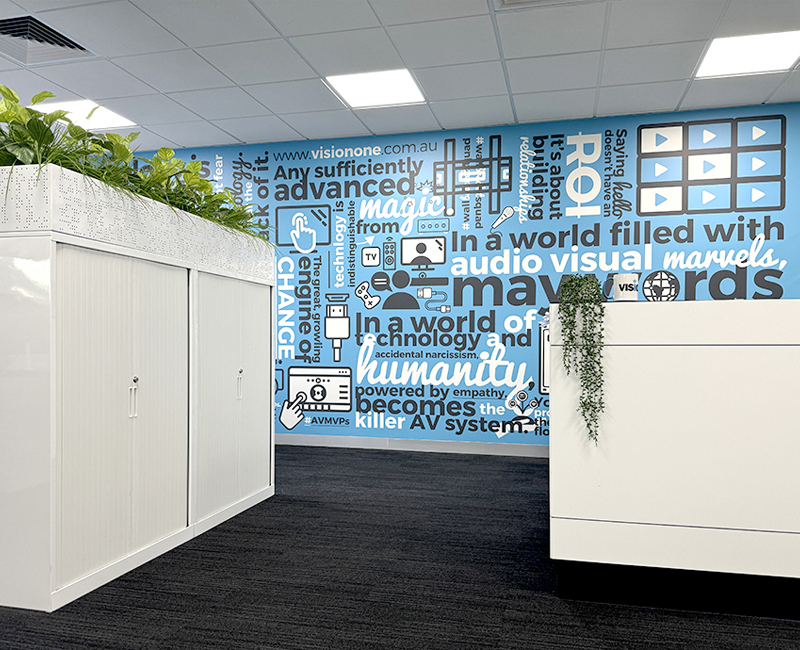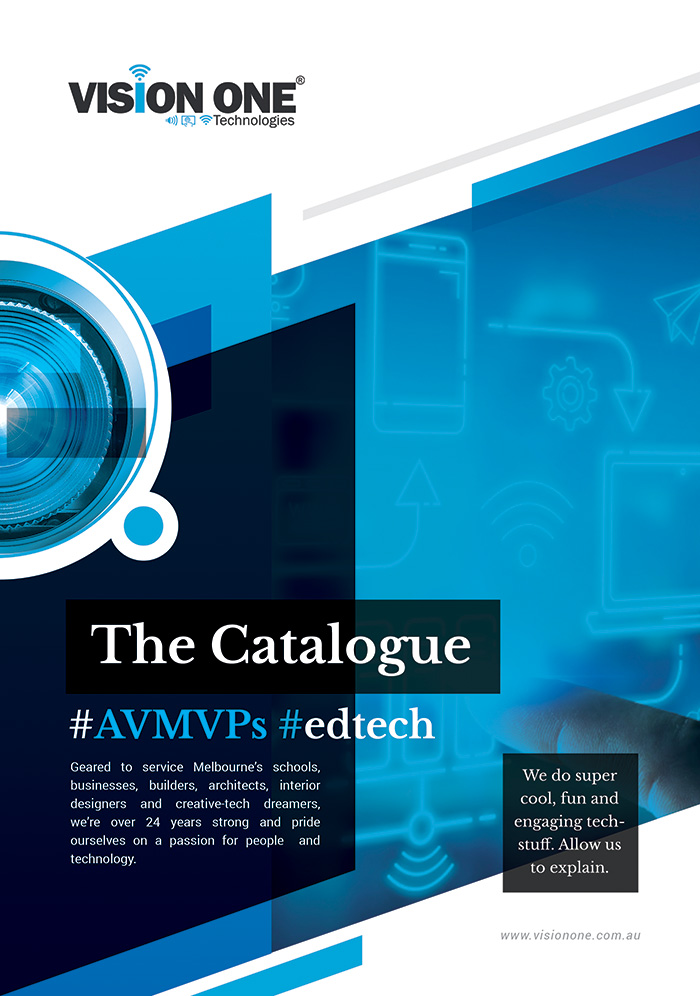2024’s Spectrum of AV: Tune-Up of Commercial and Education Technology
Welcome to the ever-evolving world of audio visual (AV) technology, where classrooms hum with innovation...
The Sphere: Inspiring Innovation for Small Businesses and Schools
In today's rapidly changing technological landscape, businesses and schools, particularly small to medium-sized enterprises, find...
The Future of Audio Visual Technology: What Can We Expect Moving Forward?
Welcome to the world of audiovisual technology: where innovation and creativity never stops. As we...
The Evolution of Audio Visual Technology in Education
As technology continues to rapidly evolve, so too does its impact on education. Audio visual (AV)...
How AI is Transforming Pro AV
This article has been reposted from avnetwork.com. From automated presenter tracking embedded into video cameras,...
Interactive Digital Walls Bring Delight to Aged Care
Bright colours, moving shapes and interactive screens: an interactive, digital wall can bring joy to...
How Augmented and Virtual Reality Can Transform Your Business
This article has been reposted from soti.com. With its limitless potential, Augmented Reality (AR) and...
HYPERSVN 3D Holographic Signage
This article has been reposted from www.hypervsn.com. HYPERVSN 3D Holographic Signage for Hospitals and Healthcare...
Epson Wireless Screen Sharing
This article has been reposted from epson.com.au. Epson's new Wireless Screen Sharing device enhances your...
Catchbox – A Fun Microphone Kids Want to Speak Into
This article has been reposted from thomgibson.com. Click here to watch a video on how the...

